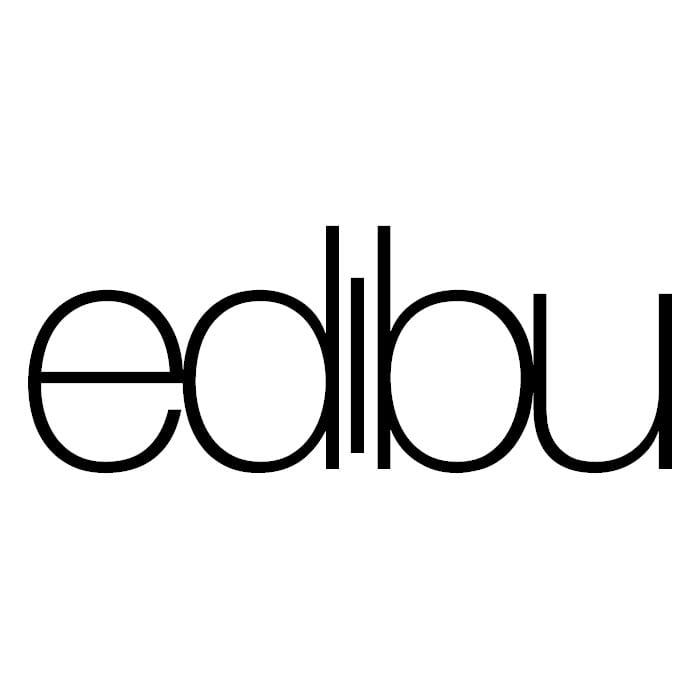Android vs iOS users, native iOS vs native Android, Cross-Platform??? So many choices but which one is the RIGHT one for your idea? So many people feel if they don’t create a Android app when creating their iOS app they will miss out on the massive market share that Android has. The real question should be…
Who is your target audience?

Knowing your audience / customer is by far the most important aspect to any functional business. Understanding how they think about and how they interact with their mobile device, is vital to creating a mobile app. How do you plan on monetizing your app? Will it be free? Will it offer a subscription? All of these can be successful, but knowing when to choose each will increase your chances for success. I know I will get a lot of flack to saying this but here we go… In my experience, Android users RARELY pay for an app… There, I said it. Does it mean they are cheap? Well… IMO, it depends.
Let me share my experience with the differences between Android users and iOS users
This isn’t meant to bash either user as both can share each of the following traits. Also, let me also state, both OSs offer great products with varying price ranges. But let’s get real, you didn’t create your mobile app to just simply give it away. You want a return on your investment. For this very reason, let me explain my experiences from both types of users. Apple offers high quality mobile devices ranging from around $450 for an iPhone 7 all the way up to $1500 for their flagship iPhone XS Max 512GB. COST OF PHONES.
Android phones on the other are nearly unlimited when it comes to not only price, but also features and performance. For instance, just take a look at Walmart. Many phone can be found between $30-$100. While this is great for someone looking for a great deal to save as much $ as possible, it’s usually a case of “You get what you pay for”. The main issue is this mindset, in my experience, also bleeds over to app purchasing decisions.
How can I say this… Android users usually do not purchase apps. Ask around, ask your friends, do they buy apps? Have they EVER bought an app? I mean, why buy an app when you get find a free that “does the same thing”? Right? Well, as you have probably found out the hard way, the quality on many Android apps, and to be fair, free apps in general, SUCK. But why?
It’s really simple
Many developers bust their a$$es to make a good, quality product but they can’t do it for free in most cases. Yes, you can add advertisements and many apps do, but do you like them? Do you get frustrated when a pop-up appears when you just want to use your damn app? This is where you have to make a decision. Do you want to simply have as many people using your app as possible or do you want to have as many quality customers using your app as possible?
Yes, the squeaky wheel gets the oil, so be prepared to have the majority of your complaints come from your Android vs iOS users if you choose to tackle both eco-systems. I am not saying this is Android’s fault by any means. It’s incredibly difficult to support thousands of different pieces of hardware and this leaves a major challenge for software developers.
Let me break down the main difference between native and cross-platform app development quickly…
- Cross-Platform Apps using Cordova / ionic / React Native
- Excellent market saturation
- Deploy to iOS, Android, and Web using the same code-base
- JS Code is NOT secure
- Best used with a backend API to secure data
- Free apps only
- Less performance than native apps
- Always uses older device OS features
- Chance of App Store rejection
- Becomes a Jack of all trades, many of none situation way too often
- Native iOS / Android
- Best performance
- Latest features available
- More secure code (IF ENABLED)
- Much better user interface and user experience
- Usually more ways to monetize your app
- Lowest chance of rejections
So how do I choose?

This goes back to the main idea. Who is your audience? Here are just a few examples of what I would personally choose in each scenario and why.
- A Dating App with the largest audience possible
- Cross-Platform all day long
- Free
- API driven
- A medical app used in hospitals
- Native iOS
- The most secure development and encryption
- Quality devices are the only option to purchase which minimizes quality control
- Easy to use
- A custom Bluetooth and WiFi data logger
- Native Android
- Wont be limited to Apple restrictions
- Generally dapper ability to access lower level components of the BLE stack and hardware
- No background operating limitations
- Augmented Reality app for large audiences
- Oooh, a tricky one. This could vary. More than likely ALL OF THE ABOVE could work.
- ionic would offer a web view for WebGL but may not offer performance required
- Native ARkit on Apple, Unity3d, OpenGL on Android
Of course each one of these could change once the requirements gathering was completed but this gives you a general idea. So let’s get back to the users and how they pay… Again, this is purely my experience and view in the market and results may vary. Let the hate mail come!!!
Quick Comparison of Android vs iOS Users
- Android Users
- Usually buy cheaper devices
- Don’t generally purchase apps
- Deal with a lot of buggy code
- Generally will complain more
- Will more than likely be more tech savvy
- Many will first see if they can download your app for free elsewhere (sorry guys, it’s true)
- Aren’t as attached to their one device
- Want options, options, options
- Usually only buy an app if they absolutely have to
- Deal with buggy Bluetooth, WiFI, other device related problems
- Massive global market share
- Just slightly higher United States market share than iOS
- iOS Users
- Generally love their devices
- Pay a lot more $ for their devices
- Loyal to Apple
- Demand quality
- Take pride in ownership of their device
- Just expect “things to work”
- Don’t want distractions vs useful features
- Will definitely download free apps but still are more inclined to purchase in-app purchase
- Buy apps WAY more frequently
- Way less global market share than iOS
- Slightly less United States market share
The Truth
So here’s the truth about Android vs iOS users… If you plan on charging for a quality app, deploy it natively on Apple and don’t be afraid to charge what you feel its worth. Your app will be protected by the highest standards any mobile device has to offer and your customers will generally be happier if you offer them a quality product. If you are more concerned about offering a free app with the largest audience, DO NOT OVERLOOK Android’s global market share and user base. It’s impressive no matter how you slice. Just be prepared, protect your app using an API, obfuscation, encryption, etc. or expect users to have close to your original source code.
There are numerous ways to decompile an Android app without even downloading the app… This alone has made me cringe in the medical world where much of the source code contains sensitive information. Some scenarios I just can’t sacrifice security vs audience.
The same goes for cross-platform apps so be sure to expect your javascript to be exposed to the world. The most popular frameworks expose your javascript code so if you aren’t protecting and serving your data from an API and you require security, leave and go native. Again, there are ways to obfuscate and protect but DO IT or you’re asking for trouble in the long run and at the very least, copycat apps to appear. While Android vs iOS users differ in many ways, they are all looking for the same thing in the end, a quality product! Write something great and deliver it in the best way possible to your target audience.

Recent Comments